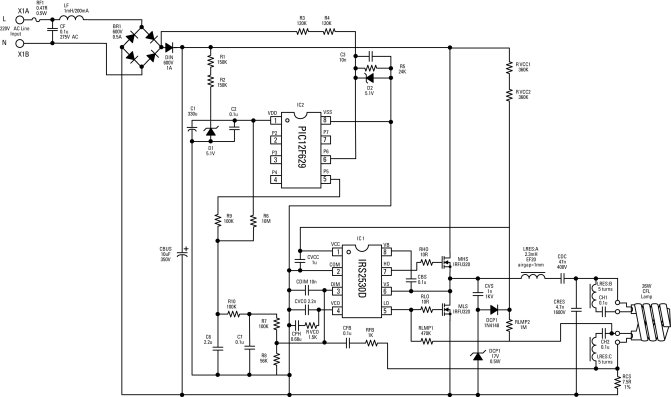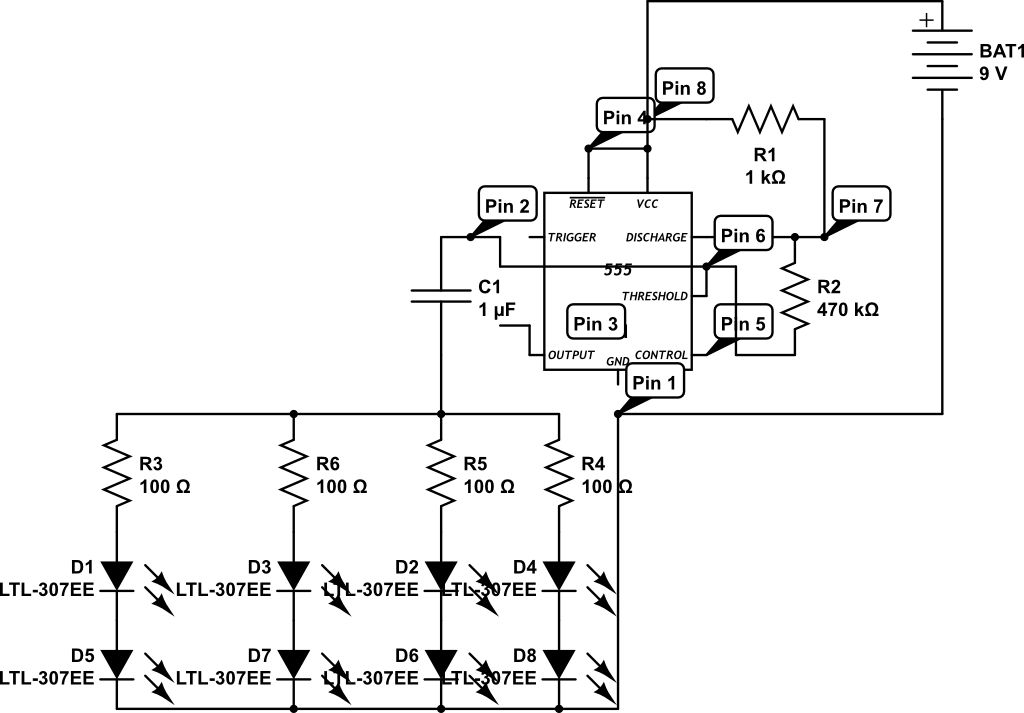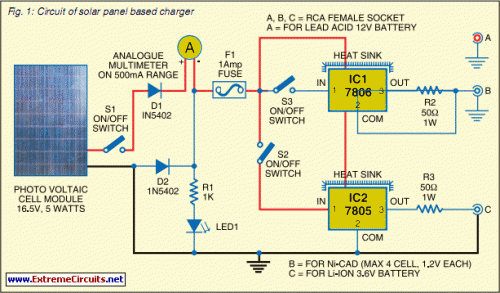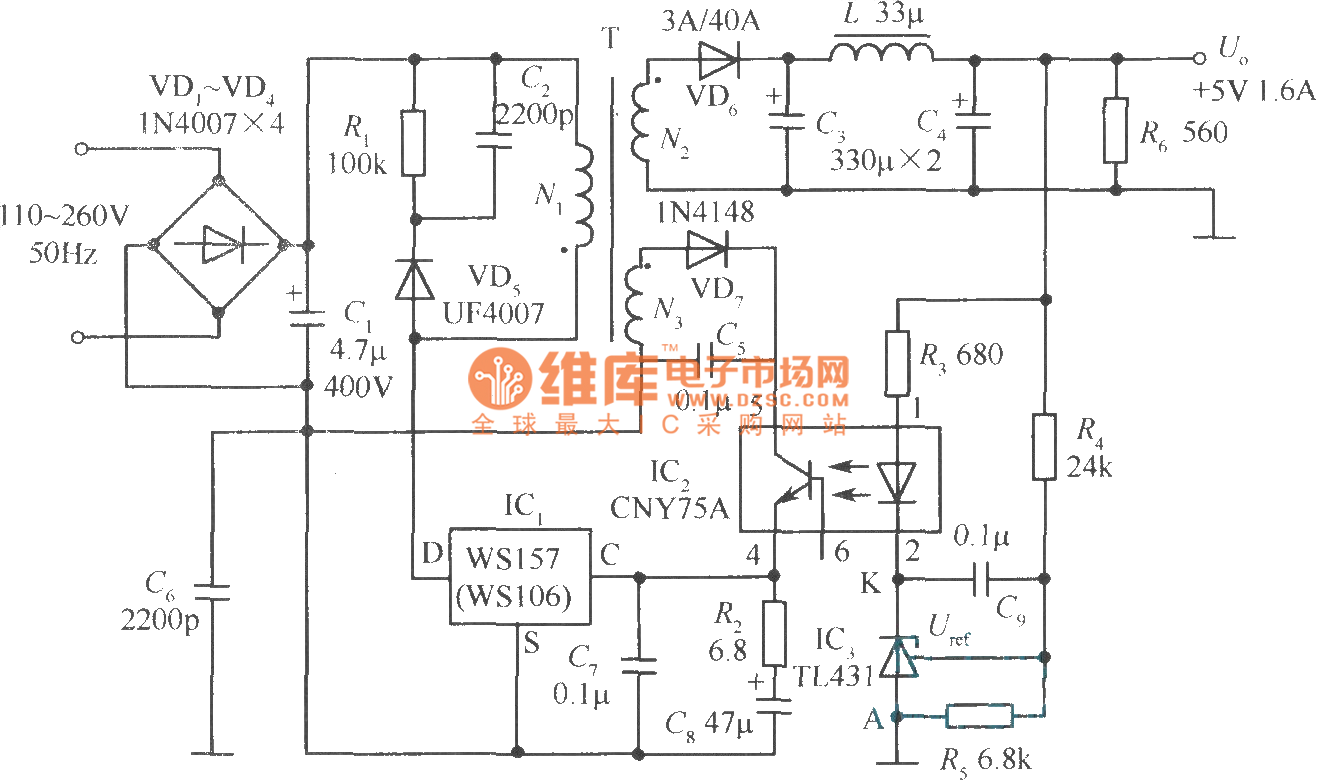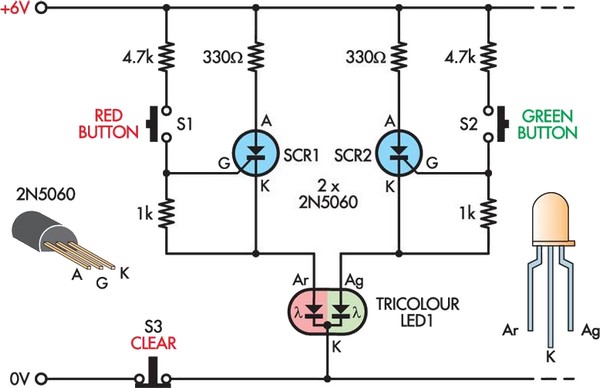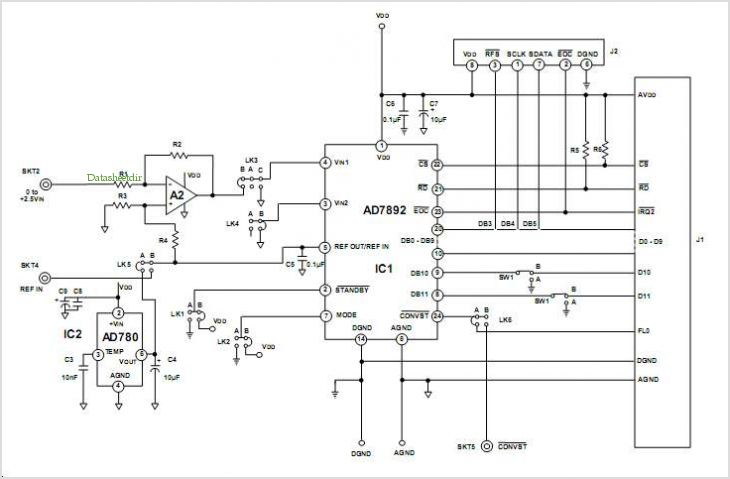
15V LED Power Supply

This circuit illustrates a 1.5V LED power supply circuit diagram. Features include the requirement of a step-up transformer (40:60) for easy provision. Components include an integrated circuit (IC).
The described circuit functions as a power supply specifically designed for driving LEDs at a voltage of 1.5V. The step-up transformer plays a crucial role in this configuration, as it converts a lower input voltage into a higher output voltage suitable for LED operation. The specified transformer ratio of 40:60 indicates the turns ratio, meaning that for every 40 turns on the primary side, there are 60 turns on the secondary side, resulting in a voltage increase.
The circuit typically comprises several key components: a step-up transformer, an integrated circuit (IC) that regulates the output voltage and current, and additional passive components such as resistors and capacitors that stabilize the circuit's performance. The IC may also include features for thermal protection and overcurrent protection to ensure the reliability and longevity of the LED.
In operation, the circuit takes a lower input voltage, which is then stepped up by the transformer. The output from the transformer is rectified and filtered to provide a stable DC voltage suitable for powering the LED. The design must consider the forward voltage and current requirements of the LED to ensure optimal performance and prevent damage.
Overall, this circuit is an efficient solution for powering LEDs from a low voltage source, making it suitable for various applications, including battery-operated devices and low-power lighting systems.This circuit shows about 1,5V LED Power Supply Circuit Diagram. Features: needed a step up transformer (40:60)easily provide. Component: IC, .. 🔗 External reference
The described circuit functions as a power supply specifically designed for driving LEDs at a voltage of 1.5V. The step-up transformer plays a crucial role in this configuration, as it converts a lower input voltage into a higher output voltage suitable for LED operation. The specified transformer ratio of 40:60 indicates the turns ratio, meaning that for every 40 turns on the primary side, there are 60 turns on the secondary side, resulting in a voltage increase.
The circuit typically comprises several key components: a step-up transformer, an integrated circuit (IC) that regulates the output voltage and current, and additional passive components such as resistors and capacitors that stabilize the circuit's performance. The IC may also include features for thermal protection and overcurrent protection to ensure the reliability and longevity of the LED.
In operation, the circuit takes a lower input voltage, which is then stepped up by the transformer. The output from the transformer is rectified and filtered to provide a stable DC voltage suitable for powering the LED. The design must consider the forward voltage and current requirements of the LED to ensure optimal performance and prevent damage.
Overall, this circuit is an efficient solution for powering LEDs from a low voltage source, making it suitable for various applications, including battery-operated devices and low-power lighting systems.This circuit shows about 1,5V LED Power Supply Circuit Diagram. Features: needed a step up transformer (40:60)easily provide. Component: IC, .. 🔗 External reference
